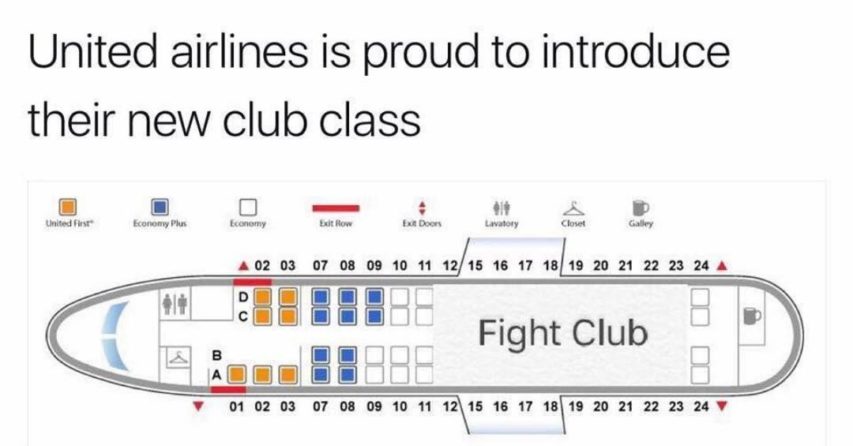 As I don’t follow college football, much of the lead-up to the NFL draft is just noise to me … mock drafts are fun, but debating the relative value of players from this or that university and how that will or will not translate to the pro league … I usually fall behind reading posts from my usual Vikings bloggers until the draft is imminent. In this case, Christopher Gates posted an interesting retrospective on bad Viking draft classes more than a week ago, and I just got around to reading it now:
As I don’t follow college football, much of the lead-up to the NFL draft is just noise to me … mock drafts are fun, but debating the relative value of players from this or that university and how that will or will not translate to the pro league … I usually fall behind reading posts from my usual Vikings bloggers until the draft is imminent. In this case, Christopher Gates posted an interesting retrospective on bad Viking draft classes more than a week ago, and I just got around to reading it now:
For as long as I’ve been writing for this little corner of the internet, I’ve maintained that the Minnesota Vikings’ worst draft class of all time came in the 2005 NFL Draft. From the purple completely blowing it on not one, but two first round picks (wide receiver Troy Williamson and defensive end Erasmus James) and the rest of the class not really amounting to much, that class was pretty dismal.
(And before we get too far into the proceedings, I don’t want to hear about how the Vikings “passed” on Aaron Rodgers in 2005. They had a 27-year old starting quarterback (Daunte Culpepper) that was coming off of a season that saw him throw for over 4,700 yards and 39 touchdowns, and saw him come in second in the NFL MVP voting to a guy that set the single-season record for touchdown passes. The Vikings would have been certifiably bonkers to take a quarterback in the first round that year, and anyone that says otherwise is probably pretty ignorant of history and how the draft actually works.)
But, thanks to another article from behind the great E$PN paywall, I may have to adjust my line of thinking on the worst Vikings’ draft class of all time.
I’ve also long thought that the 2005 draft class was one of the worst-ever for an NFL team, but ESPN makes a good case that the Vikings’ 1989 draft class was even worse:
How bad was the Vikings’ draft class? Here’s ESPN’s description of it:
The Vikings traded their first-round pick to the Steelers for linebacker Mike Merriweather on the eve of the draft, making linebacker David Braxton (second round) their first pick. Braxton joined tight end Darryl Ingram (fourth round) as the only two of the team’s nine draft picks to play a game with Minnesota — and neither lasted long there. The lone bright spot in the Vikings’ draft was running back Brad Baxter (11th round), who went on to score 35 career touchdowns … for the Jets.
For the record, here’s the entire Vikings’ draft class of 1989, which you can find (along with every other Vikings’ draft selection) in our Complete Minnesota Vikings Draft Pick Database.
Round 2, #52 overall – David Braxton, LB, Wake Forest
Round 3, #80 overall – John Hunter, OT, Brigham Young
Round 4, #108 overall – Darryl Ingram, TE, California
Round 6, #163 overall – Jeff Mickel, OT, Eastern Washington
Round 7, #191 overall – Benji Roland, DT, Auburn
Round 8, #219 overall – Alex Stewart, DE, Fullerton State
Round 11, #303 overall – Brad Baxter, RB, Alabama State
Round 12, #331 overall – Shawn Woodson, LB, James Madison
Round 12, #335 overall – Everett Ross, WR, Ohio State
Most of those players never played a down for the Vikings, and the team only got 20 game appearances from the entire class (and 16 of those were from Darryl Ingram, who played in every game in his rookie year). That was an atrocious draft class.




